The stilt house culture of the Muong ethnic group with many traditional values has been preserved by the people and at the same time developed into a tourism industry.
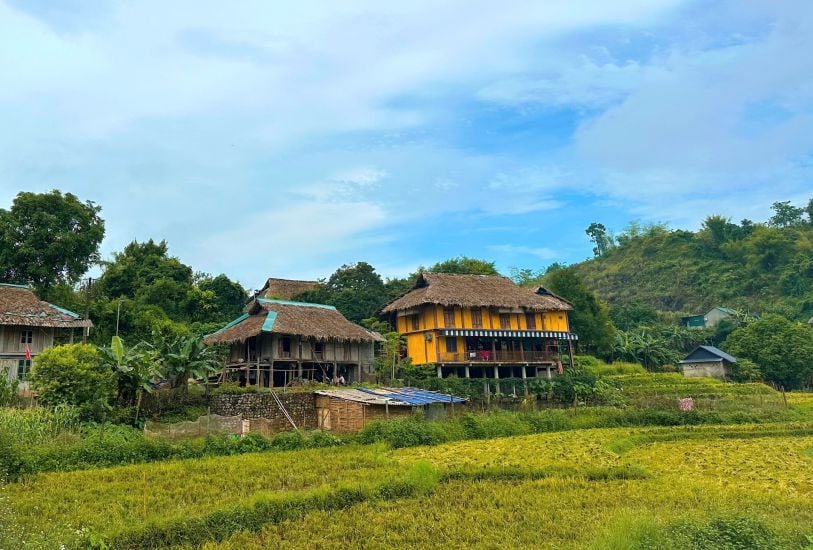
How to build ancient stilt houses of the Muong people
In early August, Lao Dong Newspaper reporters visited Giang Mo village, a Muong village in Binh Thanh commune, Cao Phong district, Hoa Binh province. Coming here, it is not difficult to see the stilt houses looming behind the mist.
In the Muong folk poem "De dat, de nuoc" (Birth of land, birth of water), there is also a passage: One day, Lang Da Can, the first Lang to govern the Muong land, went to trap and caught a turtle. The turtle begged Lang not to kill it, in return, the turtle told him how to build a stilt house. The turtle taught: My four legs are four main pillars/My two shells are two roofs/My spine is the roof beam/Cut ironwood trees to make pillars/Tie bamboo with giang trees/Use cogon grass to roof. This story is considered an anecdote about the birth of the ancient stilt house of the Muong people...
According to Mr. Dinh Trong Thinh (46 years old, living in Giang Mo village), Muong people's houses are mainly made from natural materials such as wood, bamboo, thatch, palm leaves... Wood is the main material for making pillars and rafters, important parts of the house, so it is necessary to choose good types of wood such as trai, dinh, nghien, lim. "Finding wood can take a whole year, then soaking it to avoid termites, and finally drying it before being able to carve the house frame" - Mr. Thinh said.
According to Mr. Thinh, to build a Muong stilt house in the traditional style, the homeowner needs at least 7-10 experienced workers to take on important steps, a small house takes about 1-3 months, a large house takes longer. After the carpenters finish carving, the homeowner will slaughter a pig and a cow to invite the villagers to eat and thanks to the whole village, they can build a stilt house.
Muong people's stilt houses usually have the basic, immutable rule of a traditional-style frame, the only difference is the decoration or addition of some details depending on each homeowner.
Mr. Bui Van Phien (50 years old, a resident of Giang Mo village) shared that the structure of the ancient stilt house of the Muong people is usually one room with two wings, two rooms with two wings, three rooms with two wings (3 rooms, 5 rooms, 7 rooms...) divided into three floors, the top floor is the attic used to store household items.
Mr. Phien said that the windows and stairs must be made in odd numbers 5, 7, 9, 11, 13 depending on the size of the house, the number of doors and steps will also be different. Because of the concept of the Muong ethnic group, the odd number of stairs represents the wish for the rule of in - out - in so that wealth will not go out, the family will always be warm and happy, if the stairs are made in even numbers, it is unlucky and unlucky.
Muong stilt houses have two staircases, the main staircase is located at the right gable, the secondary staircase is at the left gable. The main staircase is for guests, or when the family has important events such as funerals or weddings.
Under the floor is often used to store firewood and tools. Photo: Xuan Xuan
The steps of Muong people's stilt houses must always be odd numbers. Photo: Xuan Xuan
Preserving cultural values through community tourism activities
Ms. Dinh Thi Quyen (45 years old, owner of a homestay) said: "Guests come here mainly to experience the culture of sleeping in stilt houses, rice mills, gongs, folk music and dance, campfires and enjoy Muong cuisine ."
According to Ms. Quyen, the whole village has 140 households living but divided into many clusters and the tourism cluster has 36 households, each year there are about 2,000 visitors. Visitors come to the village mainly during Tet or summer vacation when students will experience for about a week, the rest of the months are usually quiet.
Speaking with Lao Dong Newspaper reporter, Mr. Luu Huy Linh - Deputy Director of the Department of Culture, Sports and Tourism of Hoa Binh province - assessed that the wooden stilt houses of the Muong ethnic group in Giang Mo village are still very pristine and stained by time.
According to Mr. Linh, this can be considered a strong point for developing community tourism in Giang Mo village in particular and Hoa Binh province in general. Currently, all levels and sectors have had and are having many policies to promote the unique cultural values of the Muong people, thereby promoting the development of community tourism.
Spring Spring
Source: https://dulich.laodong.vn/tin-tuc/doc-dao-nha-san-truyen-thong-cua-nguoi-muong-o-hoa-binh-1380316.html


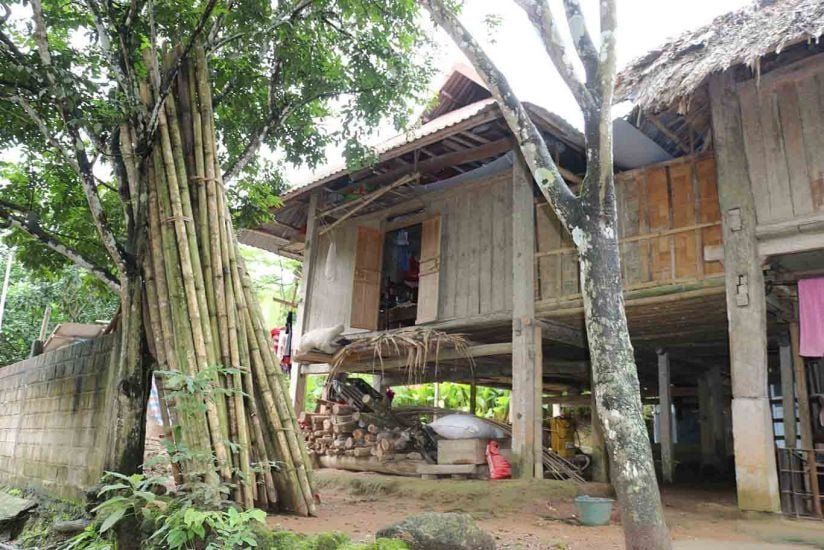
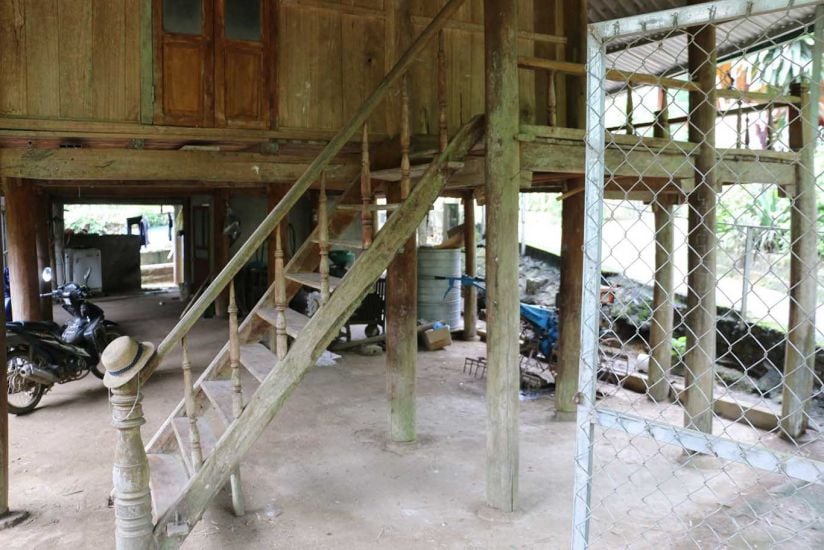
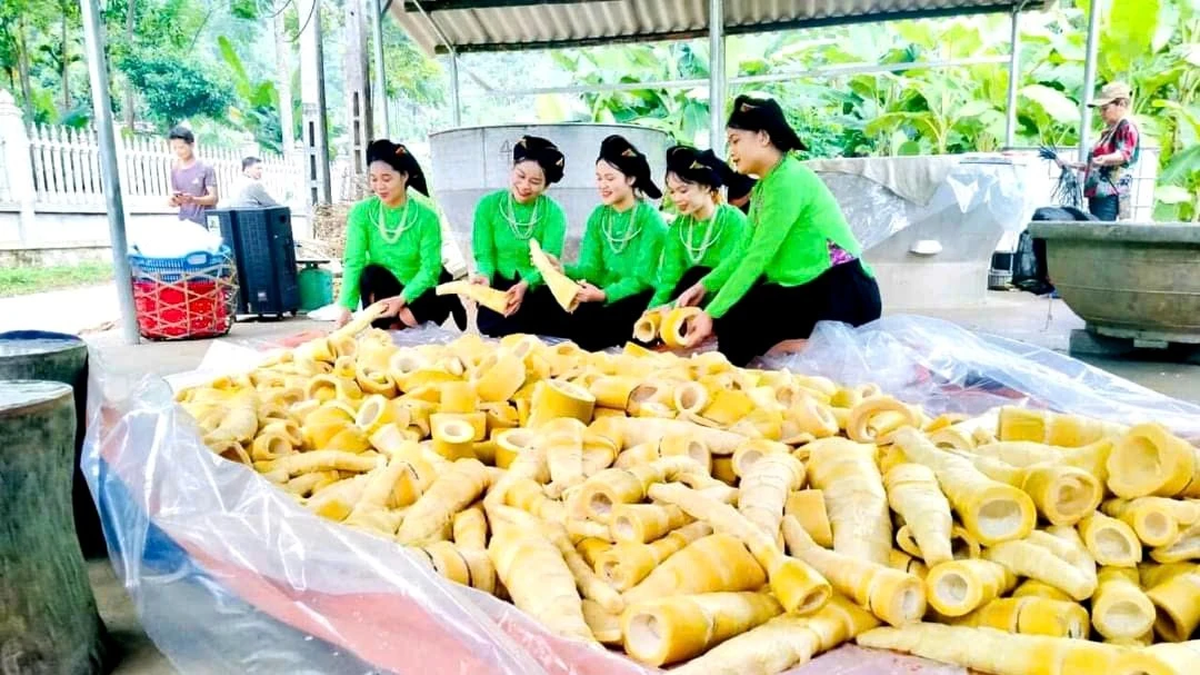

























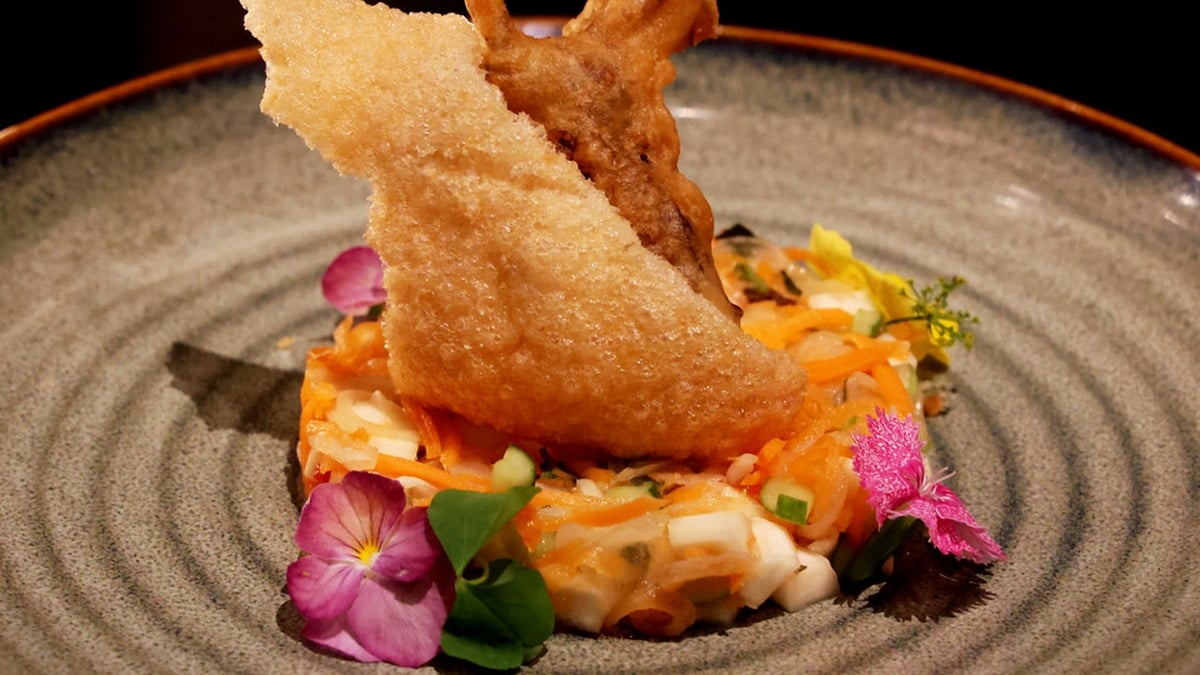







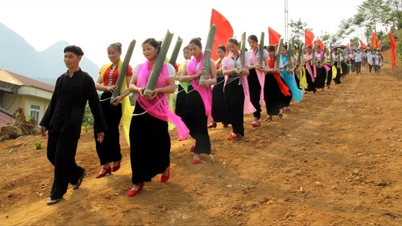




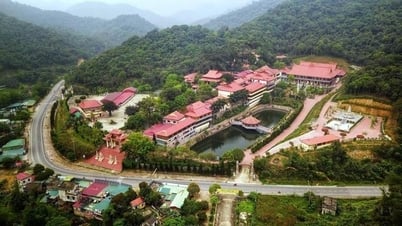
























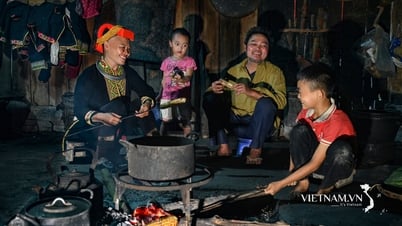


























![[Infographic] In 2025, 47 products will achieve national OCOP](https://vphoto.vietnam.vn/thumb/402x226/vietnam/resource/IMAGE/2025/7/16/5d672398b0744db3ab920e05db8e5b7d)


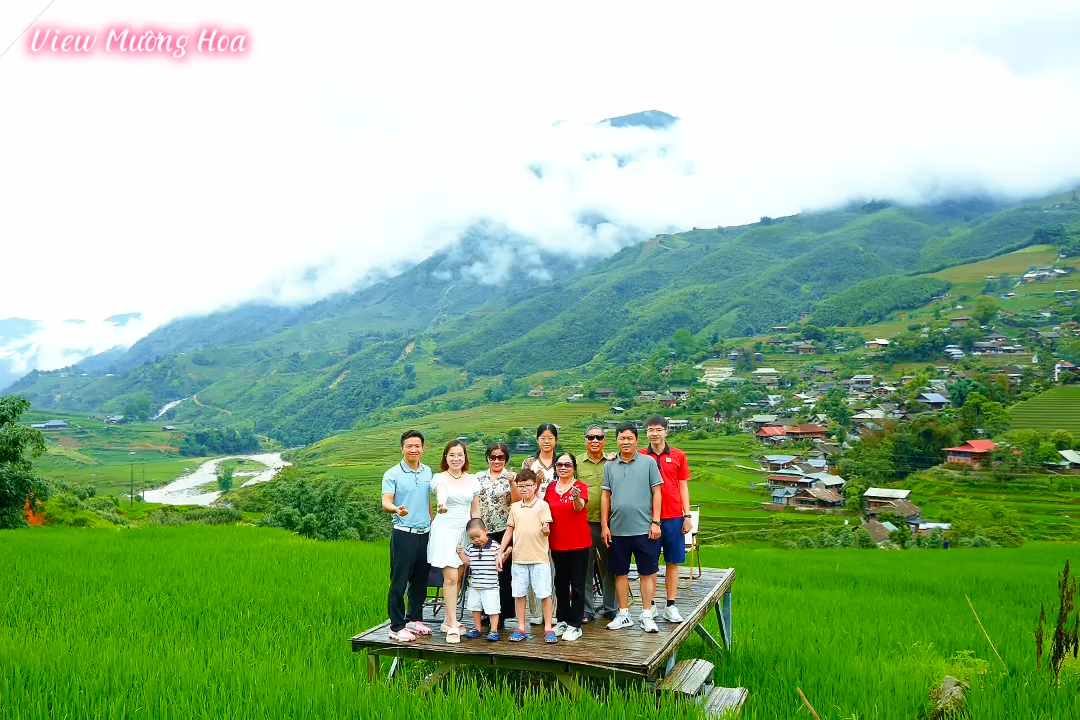


Comment (0)